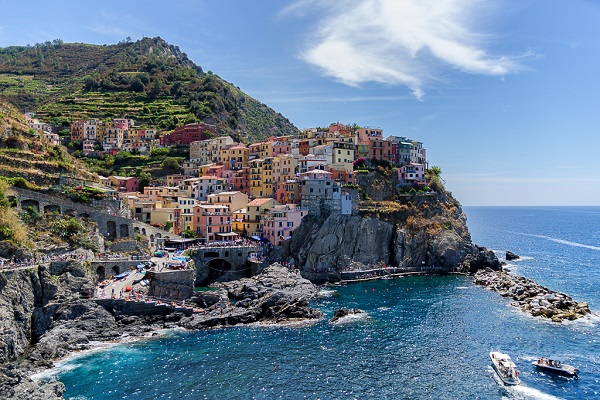Opacité CSS / Transparence
La opacitypropriété spécifie l'opacité/transparence d'un élément.
Image transparente
La opacitypropriété peut prendre une valeur comprise entre 0,0 et 1,0. Plus la valeur est faible, plus la transparence est grande :

opacité 0.2

opacité 0.5

opacité 1
(par défaut)
Exemple
img {
opacity: 0.5;
}
Effet de survol transparent
La opacitypropriété est souvent utilisée avec le :hover
sélecteur pour modifier l'opacité au passage de la souris :



Exemple
img {
opacity: 0.5;
}
img:hover {
opacity: 1.0;
}
Exemple expliqué
Le premier bloc CSS est similaire au code de l'exemple 1. De plus, nous avons ajouté ce qui doit se passer lorsqu'un utilisateur survole l'une des images. Dans ce cas, nous voulons que l'image ne soit PAS transparente lorsque l'utilisateur la survole. Le CSS pour cela est opacity:1;.
Lorsque le pointeur de la souris s'éloigne de l'image, l'image redevient transparente.
Un exemple d'effet de survol inversé :



Exemple
img:hover {
opacity: 0.5;
}
Boîte transparente
When using the opacity property to add transparency to the background of an element, all of its child elements
inherit the same transparency. This can make the text inside a fully transparent element hard to read:
opacity 1
opacity 0.6
opacity 0.3
opacity 0.1
Example
div {
opacity: 0.3;
}
Transparency using RGBA
If you do not want to apply opacity to child elements, like in our example above, use RGBA color values. The following example sets the opacity for the background color and not the text:
100% opacity
60% opacity
30% opacity
10% opacity
You learned from our CSS Colors Chapter, that you can use RGB as a color value. In addition to RGB, you can use an RGB color value with an alpha channel (RGBA) - which specifies the opacity for a color.
An RGBA color value is specified with: rgba(red, green, blue, alpha). The alpha parameter is a number between 0.0 (fully transparent) and 1.0 (fully opaque).
Tip: You will learn more about RGBA Colors in our CSS Colors Chapter.
Example
div {
background: rgba(76, 175, 80, 0.3) /* Green background with 30%
opacity */
}
Text in Transparent Box
This is some text that is placed in the transparent box.
Example
<html>
<head>
<style>
div.background {
background: url(klematis.jpg) repeat;
border: 2px solid black;
}
div.transbox {
margin: 30px;
background-color: #ffffff;
border: 1px solid black;
opacity: 0.6;
}
div.transbox p {
margin: 5%;
font-weight: bold;
color: #000000;
}
</style>
</head>
<body>
<div class="background">
<div class="transbox">
<p>This is some text that is placed in the transparent box.</p>
</div>
</div>
</body>
</html>
Example explained
First, we create a <div> element (class="background") with a background image, and a border.
Then we create another <div> (class="transbox") inside the first <div>.
The <div class="transbox"> have a background color, and a border - the div is transparent.
Inside the transparent <div>, we add some text inside a <p> element.
